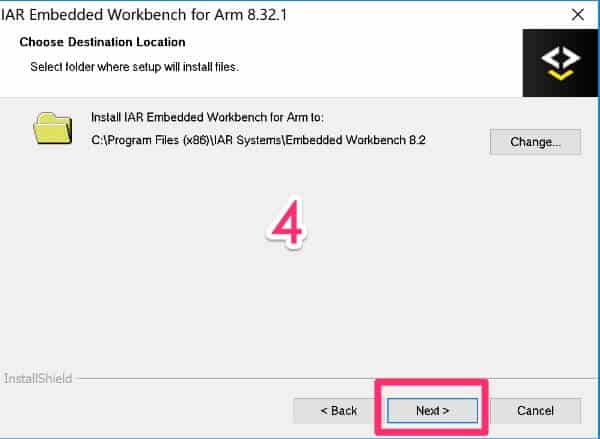

State: Bit7=T Bit6=T Bit5=T Bit4=T Bit3=T Bit2=T Bit1=T Bit0=0 © Copyright 1998-2013 Pavel Haiduc, HP InfoTech s.r.l. This will start to tell you the real story.Īll in all I would expect IAR to perform "marginally to noticeably" better than AVR-GCC. lss and other list files from AVR-GCC, and the corresponding files for IAR. If you really want to see what the compiler has going for it, then you should dive into the. If your actual applications really are say 8K of instructions (perhaps 1000 lines of C ode) then the 100 or so instructions for the startup will take up amuch smaller proportion of the app. Mind you, if your final apps really are 500 instructions (perhaps some few ten lines of C code) then you can pick most any compiler, and run on most any AVR. Both these will "stain" the size of the application unproportionally. In those 500 instructions you have perhaps 50 or 100 instructions only for the startup. This is a too trivial case to use to test for compiler performance. Hex file size does not in any way perfectly reflect the amount of flash memory consumed.Ī hex file from avr-gcc that is roughly 1K hints at an application that is in th3e ballpark of 500 instructions. That would be about the same as comparing two Word document files with those figures thinking the latter must have only 2/3rds the amount of text.

Quote: Comparing the Hex file for the release versions, I see that the IAR tool generates a file of 1465 bytes, compared to 922 bytes generated by the Atmel tool.
#Iar embedded workbench for arm acronym code
If that's the way you think you can compare generated code sizes then you know so little about compilers/build tools that I wouldn't have thought the code generation mattered that much to you?!? If you are seriously evaluating IAR and contemplating paying one or more lot of $3000 I'm sure the nice people at IAR will be able to help you out with the settings you need to compete and for them to get "the win".īTW you said "comparing the hex file sizes". On the very odd occasion that it is worse it would only be by a byte or two on 10K.
#Iar embedded workbench for arm acronym trial
(actually bad example - the trial version of IAR generates up to 4.0K for free!)Īnyway as I say your result suggests you have some build option wrong in IAR, it cannot be that bad compared to GCC. At this point the $3000-$4000 that IAR costs is a worthwhile expense if it gets you across the boundary when avr-gcc cannot. The app is 4.1K and if you can get it to <4.0K you can go for the smaller chip and save $0.20 per unit. However does it really matter? The one time when code density become an issue is when you are about to buy 5 million chips. It would usually be expected to beat GCC by 5% to 10%. Result suggests you are doing something wrong with IAR. I see that the IAR tool generates a file of 1465 bytes, compared to 922 bytes generated by the Atmel tool.


 0 kommentar(er)
0 kommentar(er)
